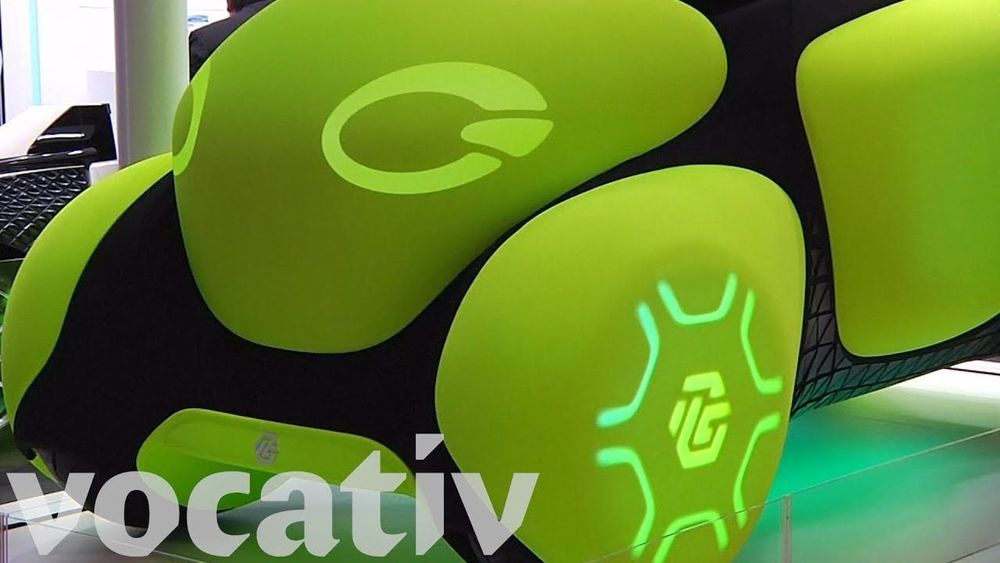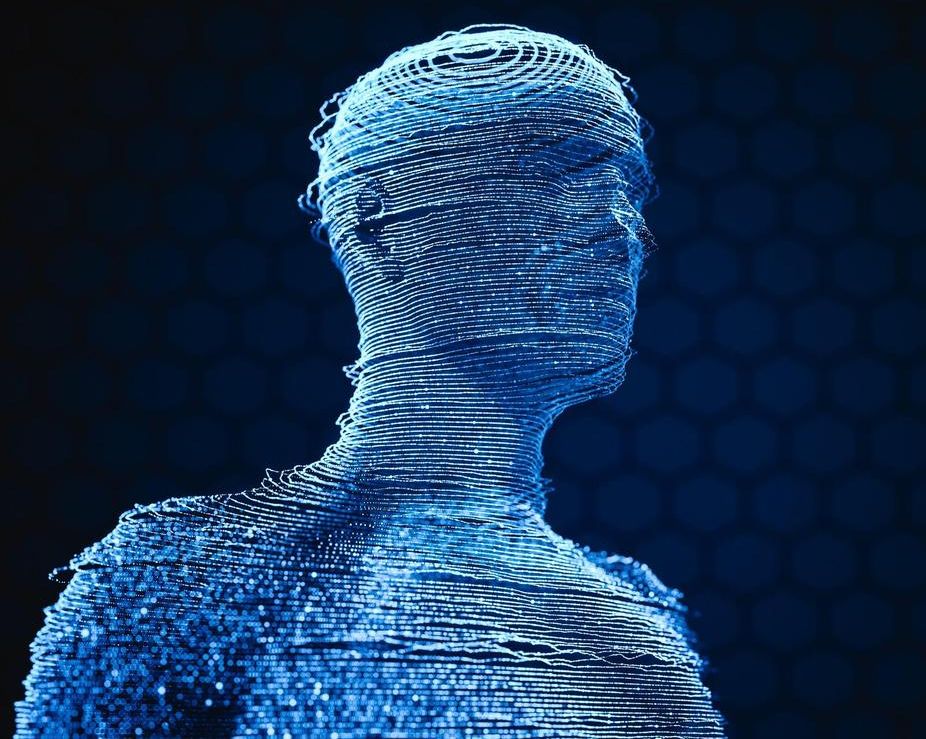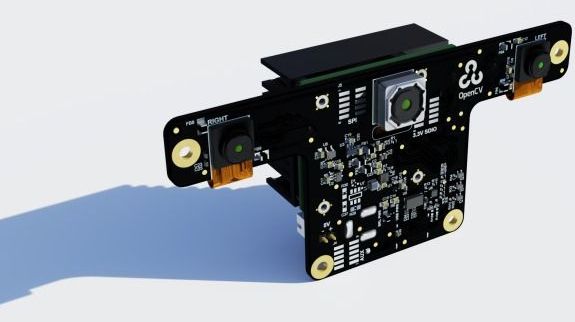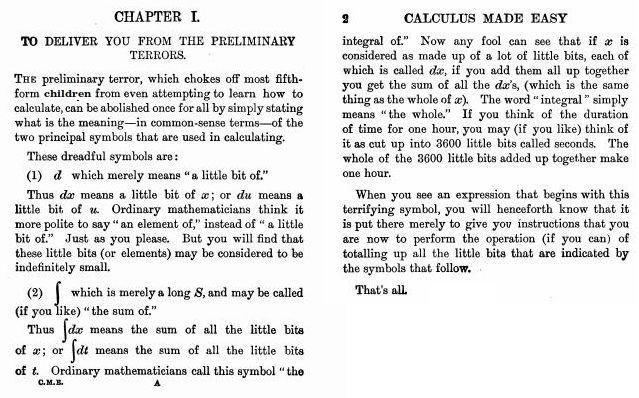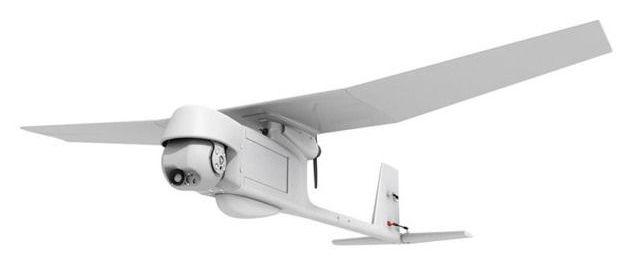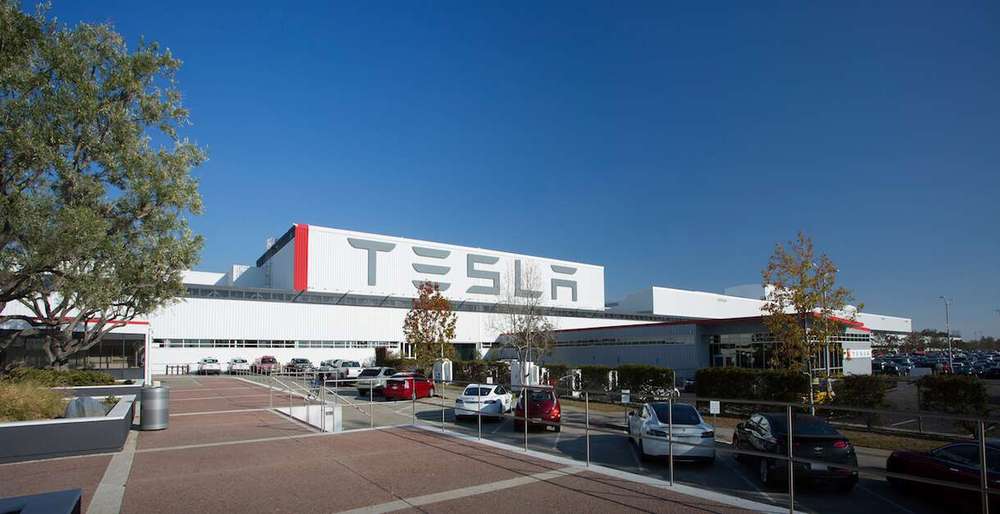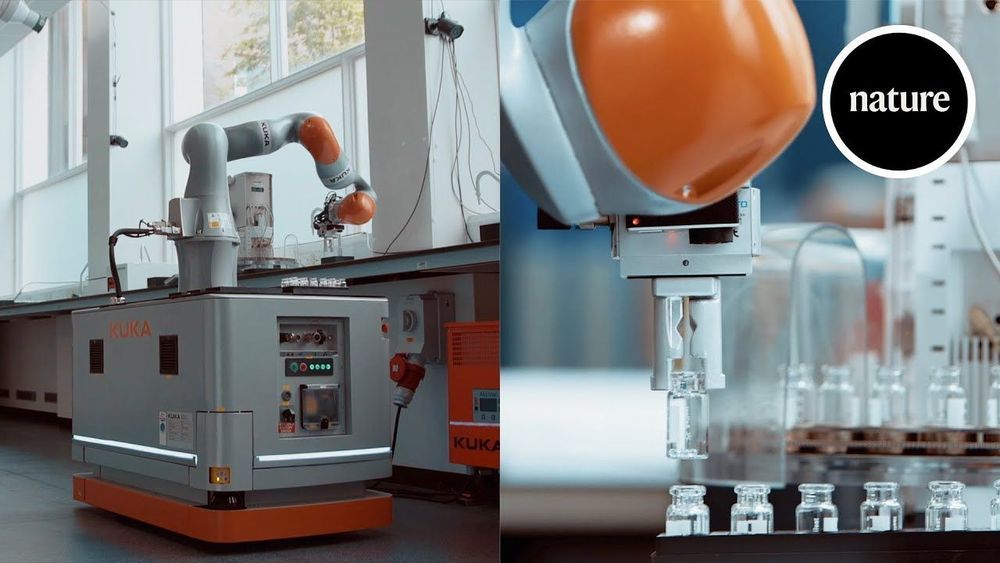Circa 2017
This bubbly concept car protects more than the driver; its next-generation rubber exterior can save pedestrians, too.
Traditional metal panels are replaced with soft rubber, which absorbs the impact of a collision. The car is also a shapeshifter, meaning that the rubber panels move and flex, forming a more aerodynamic shape.
The futuristic concept was recently showcased at the Tokyo Motor Show, which also featured artificially intelligent cars and electric vehicles. But none as adorable as this rubbery car.
Find us everywhere else:
Facebook: https://www.facebook.com/Vocativ
Twitter: https://twitter.com/vocativ
Instagram: https://www.instagram.com/vocativ/
Snapchat: http://www.snapchat.com/add/vocativ
Website: http://www.vocativ.com
